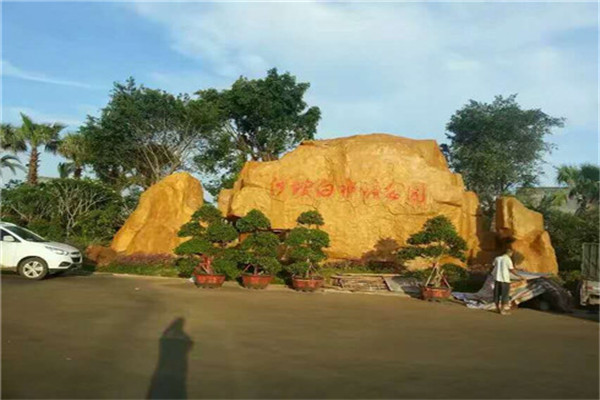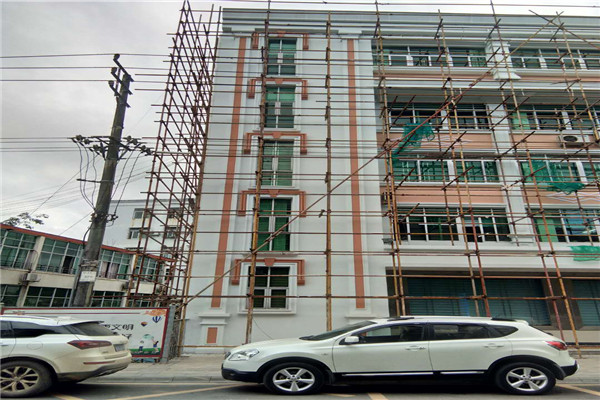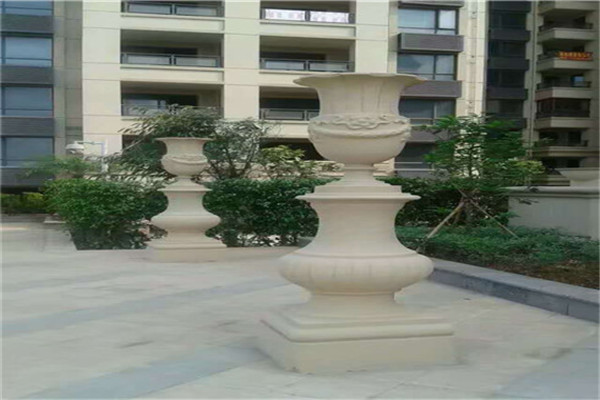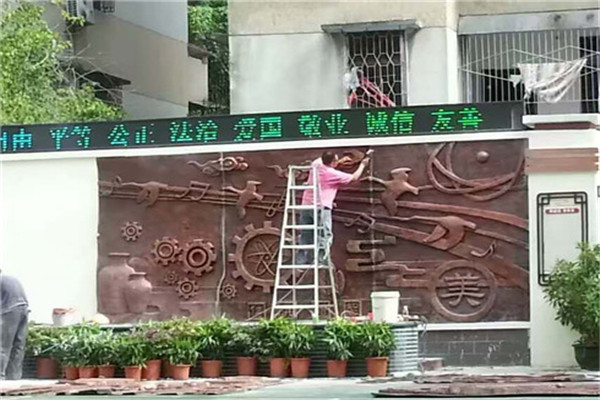
The rapid development of urban sculpture has increasingly become an important part of environmental art and the expression of urban image. Sculpture materials are mostly natural stone, artificial stone, wood, metal, cement and new materials such as plastic, rubber, stainless steel, aluminum alloy, gold copper, glass fiber reinforced plastic, etc. In order to cater to the trend of people's "returning to nature", break through the stereotype of traditional sculpture "steel and cement", enrich the environmental space, better protect and beautify the environment, reflect the meaning of sculpture, and make the urban landscape more attractive and cultural and artistic taste, "green sculpture" came into being at the historic moment, quietly sweeping all countries in the world. It refers to the artistic image with different postures and vivid charm, which is carefully cultivated and pruned by various green plants, especially trees. It combines garden and sculpture art, skillfully integrates the theme of "people, animals and nature" into beautifying the urban environment, and has a wonderful effect of shaping a beautiful image of the city and protecting the urban environment. The green sculptures are generally novel in design and rich in meaning. The overall style is beautiful and grand, full of modern flavor. Green sculptures are not only rich in materials, but also can release oxygen needed by human beings, absorb carbon dioxide, purify air, regulate air humidity, and bring health and artistic enjoyment to the city.

The openwork carving technique is an original carving technique in Putian. There are still many "gold inlaid openwork lanterns" and "embossed flower windows" in the Palace Museum in Beijing, which all support the traditional craft charm of Putian wood carving. From the end of the Ming Dynasty to the beginning of the Qing Dynasty to the Republic of China, Putian wood carvings were mostly made of longan wood, which was rich in local production. Carved into various military officers, women or gods, antiques, supplemented by old paint painting, make the work more deep color. Zhu Bangshou, Huang Dangui, Chen Xiange and other famous painters, together with Liu Ronglin, formed a round sculpture character style characterized by Pu style military generals. So far, many figures and architectural decoration wood carvings have been left for future generations in Guandi Temple, Yuanxia Village, Jiangkou Town, Jiufeng Village, Wutang Town and other old folk houses, These masterpieces, which combine round, transparent and relief carvings, are treasures of Putian wood carving art.

Button carving refers to the carving of the buttons on the upper part of the seal. It belongs to the category of round carving and has a rich three-dimensional sense. However, compared with round carving, it has three significant characteristics. First, the image is small, limited to the size of the seal, which is generally less than 10 cubic centimeters; The second is to show only the upper part of the object, rather than the round sculpture, which needs all-round performance; In addition, the performance content of button carving is mostly animals, especially animals in ancient legends, such as chi, lion, dragon, tiger, exorcism, taotie, etc. Therefore, button carving is also called "animal button". The history of button carving is linked with seals. Only seals can make buttons. According to relevant historical research, the earliest seal started in the Zhou Dynasty, more than 3000 years ago. The original seal is a symbol of power and status, and is a special item for princes, generals and ministers, and Dada dignitaries. The original seal button was also very simple and simple, just drilling a small hole on the top of the seal to wear strong ties for carrying, so the seal button is also called "seal nose". With the continuous development of history, a strict hierarchy has emerged in the materials and buttons of seals according to the different positions and official titles of users. For example, the official seal of the Qin Dynasty, in addition to using gold, silver, copper and other materials to distinguish the level of the official seal, also distinguishes the decoration of the button. In the Han Dynasty, the emperor used tiger buttons with jade seals, the crown prince, the lieutenants, the prime minister, the lieutenant, the sangong, and the left and right generals used gold seal tortoise buttons, and the officials of the two thousand stone Dai Lu used bronze seal elephant buttons Since then, the buttons used by all dynasties, from the monarch down to the officials of various products, were mostly chi, lion, dragon, phoenix, tiger, exorcism, taotie, unicorn, camel, bird, claw, bear, bat and other animals in the zodiac, depending on their positions.

The tasks of decoration design are: first, to achieve the use function of the building itself, reasonably improve the material level of the indoor environment, so that people can be satisfied mentally, and improve the quality of the physical and psychological environment of the indoor space. Jinan EPS components Modern interior decoration design should apply modern scientific and technological rules and aesthetic laws, especially the principle of applicability and economy for residential buildings, and strive to make the interior space layout reasonable, good ventilation and lighting, and be conducive to furniture layout, so as to create an ideal indoor environment with less people, money, and things, and improve the material living standard. We should also follow the principles of aesthetics, EPS components customized Create a personalized and beautiful indoor environment, fully showing the spiritual connotation of different functional spaces and use objects. A designer can make interior design comfortable, scientific and artistic only if he has rich knowledge, high artistic accomplishment and the ability to solve practical problems.




